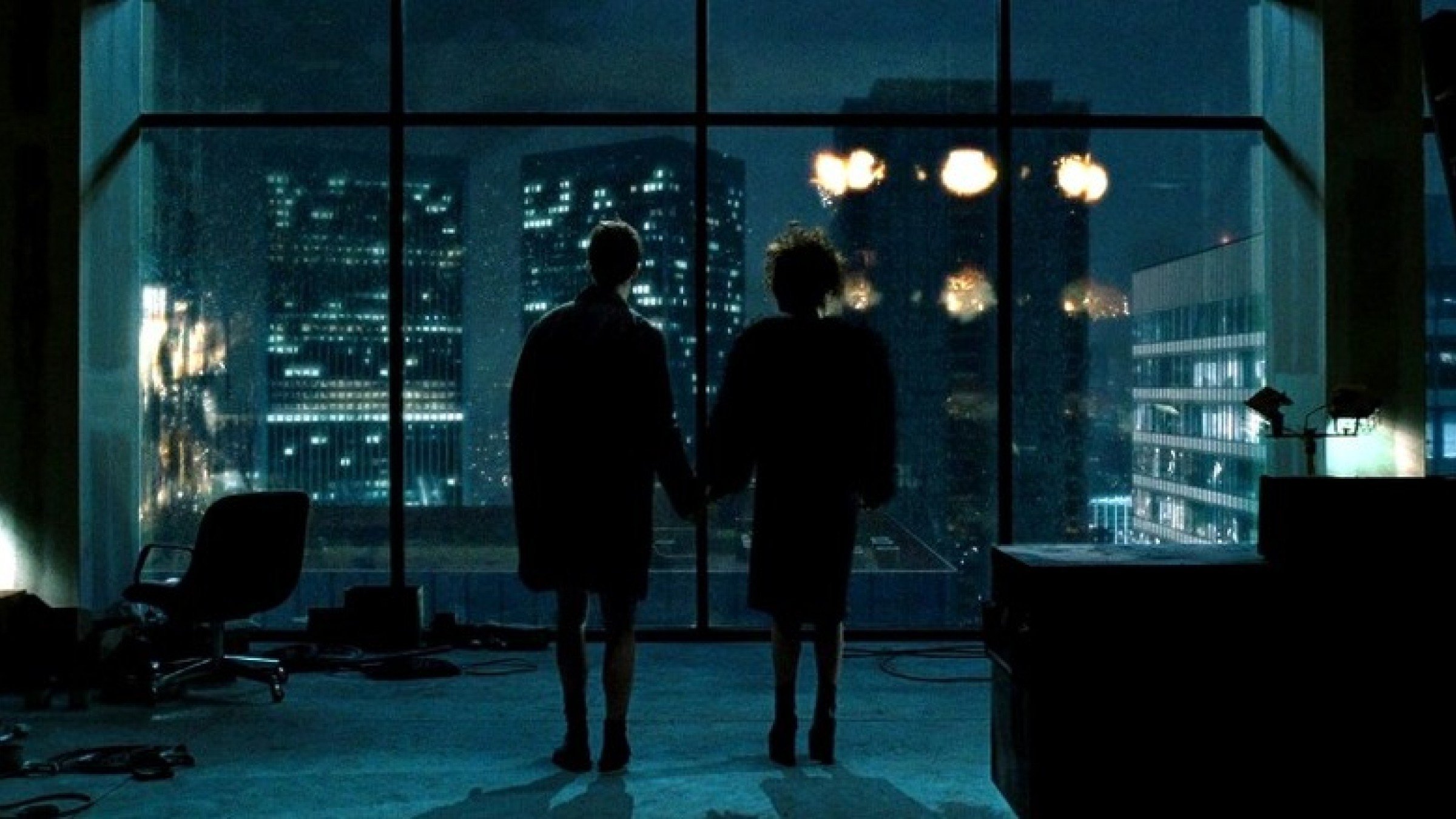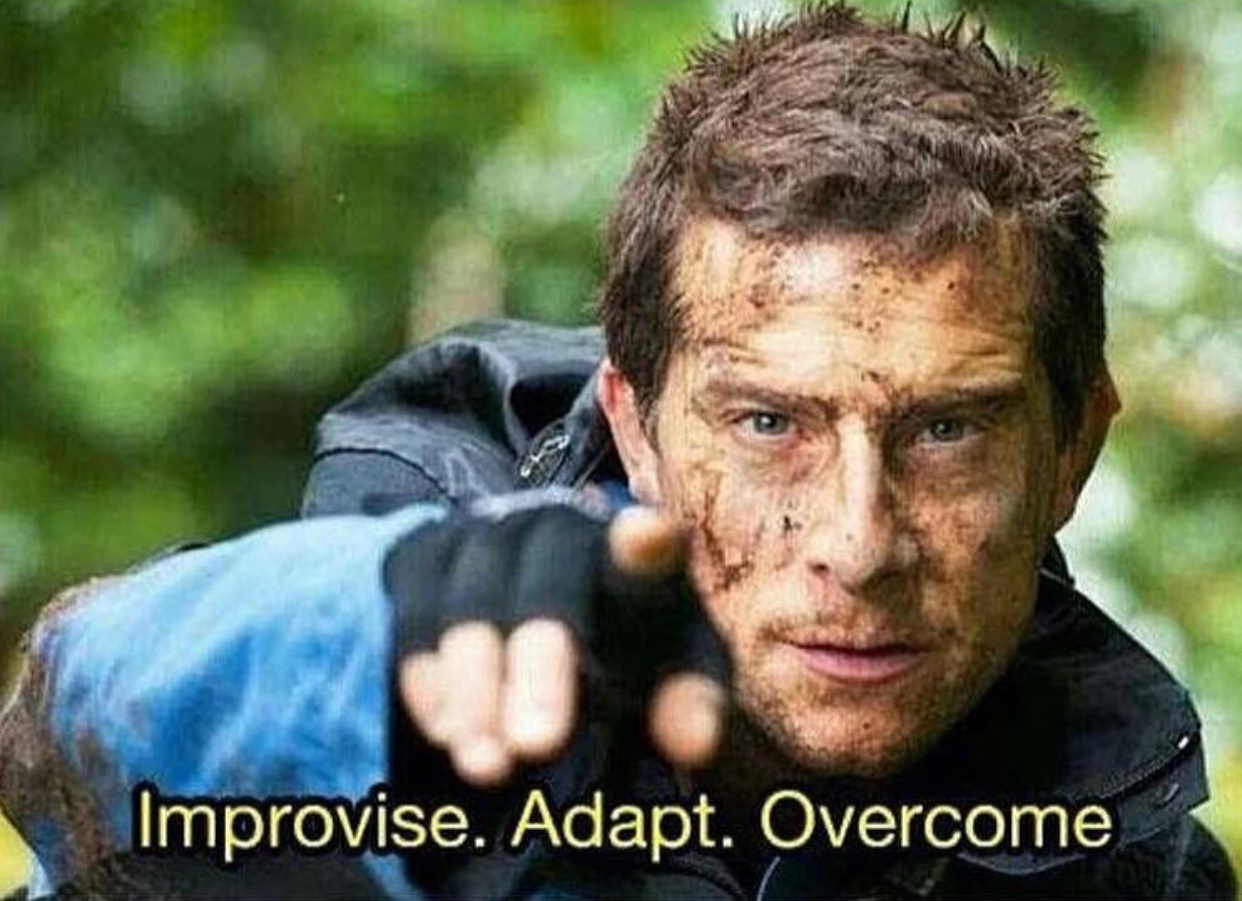Imagine you build an organization and set a goal to have it dismantled two years later. That way, you can approach business however you want. As there is a predetermined end date, there is no risk. Either things go astronomically well or catastrophically wrong. It doesn’t matter, because after two years, the organization will be gone.
But no one in their right mind would do that, right? Why build an organization just to burn it to the ground two years later?

Organizations attempt, in its essence, to become sustainable projects. If they fail, it is because they weren’t sustainable, and if they aren’t meant to be sustainable, then they are doomed to begin with. Most people immediately agree with the first part of that sentence, but not so many agree with the second half. However, if your organization isn’t designed to be sustainable, it is already destined to fail.
According to James Carse, author of Finite and Infinite Games, “a finite game is played for the purpose of winning; an infinite game is played for the purpose of continuing to play”. Since there is no way to guarantee that a business has won (and will forever remain a winner), we have to realize that running a business is an infinite game, and therefore, the goal is to keep playing.
In this context, “to keep playing” can be loosely translated to creating the conditions that enable us to do our work again tomorrow, and the day after that, and so on and so forth. Organizations who intend to grow, need to keep playing the game, and thus have no choice: be sustainable or don’t be at all.
Sustainability is just another name for the creation of conditions that allow organizations to continue to exist.
Being sustainable, then, is neither a goal nor an option, it’s the only viable way of achieving our goals of survival, of doing work we can be proud of, of dedicating time and resources to causes we deem worthy, and of getting to collaborate with people and organizations that we feel are making a positive dent in the world. These are the conditions that we strive to create, everyday.
So, what do we mean with sustainability in this context?
Our definition of sustainability
These days, sustainability has become a buzzword, and it populates the discourse of organizations in every field. Everyone claims to be sustainable or be heading in that direction, but few are actually willing to adopt sustainable practices. The trend we see is that companies spray sustainability on top of things like a thin layer of frosting on a cake.
That’s not how sustainability works, though.
Because, for something to be sustainable, it needs to be able to stand on its own feet, yet also be flexible enough to improvise, adapt and overcome.

This is what Nassim Taleb calls antifragility. He proposes this notion as a third state, that is neither robustness nor fragility.
Be antifragile
As Taleb explains it, the seed of antifragility is already present in Seneca: “if you have more upside than downside, you’re antifragile”. In other words, being antifragile means that one can benefit from positive events, without suffering from negative ones. This, of course, isn’t a natural occurrence; organizations need to be designed for antifragility.
And that can’t be added at the end. It needs to be baked in from the get-go. Sustainability, understood as a form of antifragility, is not an outcome: it is a way of doing things.
At Manas, sustainability is central to the way we structure our everyday work. It is a core feature of our organization. And not because we’re following a trend. We simply arrived at a hardcore, undeniable conclusion, after nearly two decades of work: sustainability is the most sensible way to build and run a business.
So, how does one go about sustainability?
Most organizations run into the same kinds of problems. Fred Kofman, author of Conscious Business, says that most of these problems are not solvable: they can only be managed. And whichever organization manages them more efficiently, has an advantage over the competition.
Put like this, it may seem like these unsolvable problems are a terrible thing to be avoided at all costs. But in reality, as our founder Nicolas di Tada explains, “cultural inconsistencies are fuel for change. It is because of -and thanks to- its internal inconsistencies that a culture evolves.” And, without the capability for evolution, both antifragility and sustainability are not possible.
Let’s dive into this with an example.
In service-based businesses, the processes of hiring and selling sit at opposite ends of the cycle continuum: the more projects you sell, the more people you need on the team, and the more people you have on the team, the more projects you need to sell. Most organizations run those processes as a pendulum, going from one to the other as they gain urgency.
This creates problems.
The first problem is that this pendular approach requires tons of careful coordination. As hiring goes up, organizations run to find new projects to keep the new hires occupied and, of course, cover their salaries. And, as new projects come in, organizations run to hire employees that can deliver on that new work. This becomes a balancing act, and the chances of these processes to align in perfect harmony are slim to none. At one point or another, the most likely scenario is that there are people on the team with nothing to work on, with the corresponding financial mismatch, or contracts that are due to start with no team to take them on.
The way we run both of these processes is what enabled our company to survive and thrive for over 18 years.
We have learned that betting on the short-term is almost guaranteed to bring headaches in the mid-term.
A winning formula that we have stumbled upon -or the one we have been evolving for nearly two decades- is to focus on finding interesting people and finding interesting work to do. This allows us to keep our team engaged, interested and naturally up to date with the latest tools and technologies. And when people find those conditions in their work, they tend to stay. That is why people stay, on average, for more than 5 years at the company, while the industry average is a mere 35 months.
Even tech giants have severe talent retention problems: the median tenure at Amazon is only a year. Google, with known accolades as a great place to work, does only slightly better at 1.1 years. Apple? A meager two years.
Having teams working together for that long creates a fundamental competitive advantage: their internal mechanics are so well oiled that ramp-up times go down dramatically, daily operations run faster and smoother, and trust and long-term collaboration allow for communication to flow freely.
As you can imagine, projects and customers benefit greatly from having a team that can get up to speed faster, operate more efficiently and communicate more effectively. When customers find those conditions in their providers, they tend to stick with them. That is how we’ve built long lasting relationships with our customers, some of them spanning several years. That is also how we get recommendations that lead us to new customers and new projects.
Delivering great service and satisfaction to our customers while at the same time having a happy team is not the product of luck. If there is one thing that we have absolute certainty about is that great service is only achievable by design. It requires everyone in the team to have a deep shared understanding that the work we deliver not only creates value for the customer, but for ourselves as well. This understanding can’t be created by writing pretty words on the wall; it needs to be supported by the actions and directions that permeate every decision we make.
Great service comes from a happy team of people who are aware of their own involvement in a virtuous cycle, both as contributors and beneficiaries.
What it means for you
When you hire a provider, you should always be aware of the fact that they are an external force operating on the internal workings of your organization. For this reason, their commitment to the success of your organization and projects isn’t a given.
Here, the etymology of the term “freelancer” becomes curiously enlightening: the term freelancer is commonly attributed to Sir Walter Scott in Ivanhoe (1820) to describe a “medieval mercenary warrior” or “free-lance”, indicating that the lance is not sworn to any lord’s services, not that the lance is available free of charge.”

Interestingly, you can get a team of freelancers even when you don’t hire freelancers. Either because they are, quite literally, freelancers temporarily working for an organization, or because the organization hasn’t created the conditions for sustainable value creation.
The alternative is to hire a team of unique individuals that chose to work with you. A team that is empowered and has everything they need to succeed, but also to make conscious decisions about the work they do, how they do it, and who they do it for. A team that delivers the best of their expertise and creativity while working with joy in the challenges you brought them. These teams don’t abound, but they do exist. And they are drawn to interesting work.
There are clues that can help you recognize high performing teams: their members have been working together for a long time, they are usually quite vocal about their happiness, and both current and former customers are willing to attest to the quality of their work. These are teams that have remained working together for a long period of time because they have learned how to overcome challenges and adapt to become a better version of themselves; that feel cared for and recognized by their organization, and feel a sense of belonging; and that have everything they need to consistently deliver on their commitments, creating long-term relationships with the customers who recruit their services.
In other words, the three core components of sustainability: antifragility, happiness and delivery.
Do you need a team you can rely on? Look for the sustainable one.
